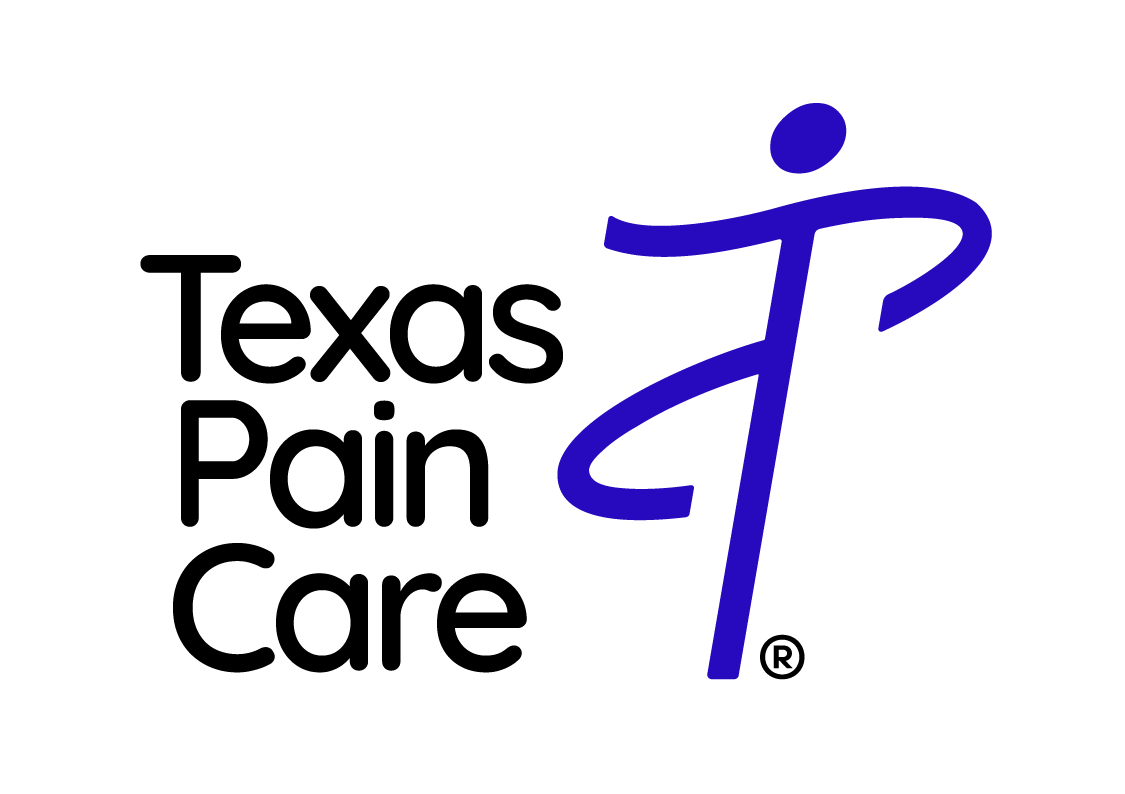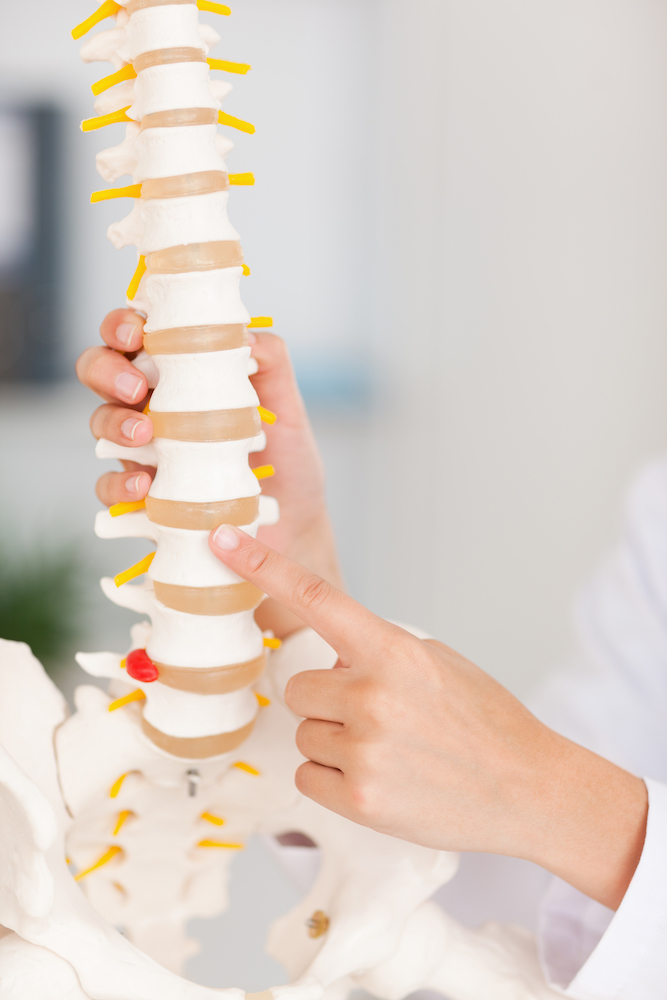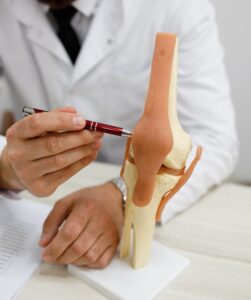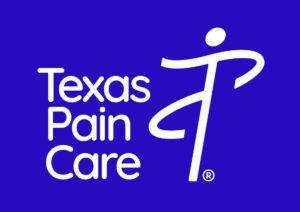Mirror therapy: a simple, non-invasive and effective way to treat phantom limb pain, mirror therapy involves repeated exercises to trick the brain into thinking that the amputated limb is not missing. This practice involves using a mirrored box with two openings, one for the amputate limb and one for the other limb. Movement exercises are performed with both the amputated limb and the other limb, which makes the brain think that the amputated limb is functioning. Over time, the brain encodes this information and since it believes that the limb is not missing, it does not send signals that something is wrong. Recent technological advancements include virtual reality (VR) options, instead of a mirrored box. This technique, however, does not work for people who are double amputees because there is nothing to mirror.

